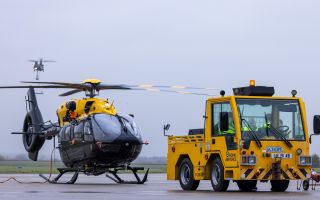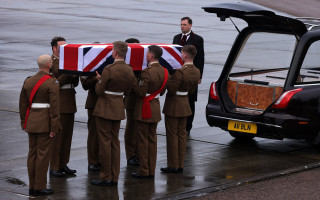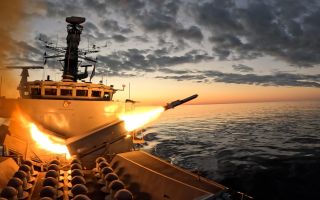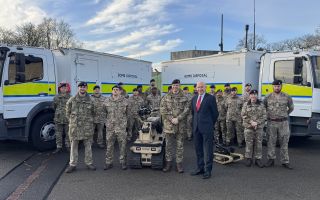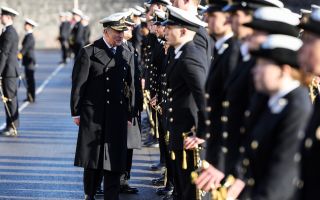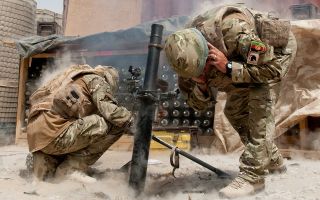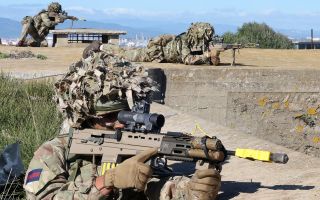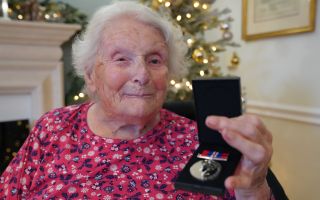Great War biplane replica Sophie the Strutter takes to the air after 24-year build
A replica of a WWI Sopwith 1½ Strutter has finally taken to the skies - a flight that has been 24 years in the making.
Sophie the Strutter was built by Aviation Preservation Society of Scotland (APSS) volunteers from East Lothian to commemorate the men and women who defended Edinburgh and Rosyth in the First World War.
The replica biplane's first flight was shared across a number of social media platforms, including Instagram.
"The day is finally here!" the post read.
"Sophie took off into the skies for the very first time. It was an emotional day full of pride and pure joy. 24 years in the making and she soar like an angel."
The account run by the APSS also thanked its members and follows for their support.
"We couldn't have done it without you," the post read.
A number of people left comments of support and joy under the footage of Sophie's first flight.
One user said "Omg, officially crying!!! So amazing!!!!", while another said they wanted footage of the aircraft flying without the music so they could hear it "popping, purring and roaring away".
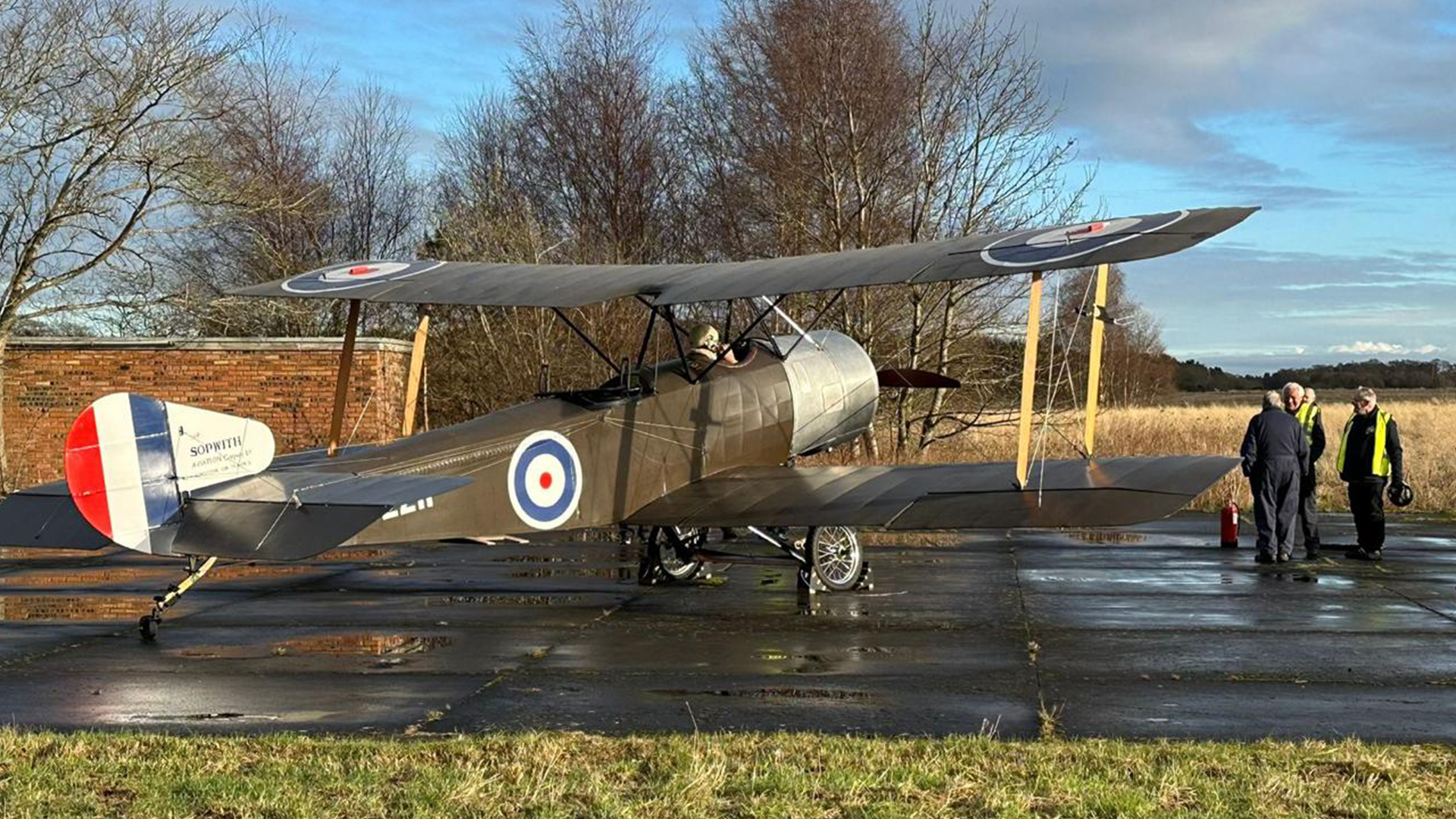
The Sopwith 1½ Strutter entered service in 1916, having made its maiden flight the year before.
It was the first British aircraft to enter military service with a synchronised machine gun.
The 1½ Strutter was also the first British two-seat tractor fighter, getting its slightly strange name due to the mix of both long and short struts that were used to support the upper wing.
It was operated by both the Royal Flying Corps and Royal Naval Air Service, and was also used by a number of Commonwealth and other countries.
Sophie is a replica of the RNAS Sopwith 1½ Strutter flown by Vice Admiral Richard Bell Davies - the first aircraft to successfully land and take off from HMS Argus, the forerunner of the modern aircraft carrier.
The APSS gained permission from both the Royal Navy and the Civil Aviation Authority to fly Sophie with those colours and the registration of F-2211.

